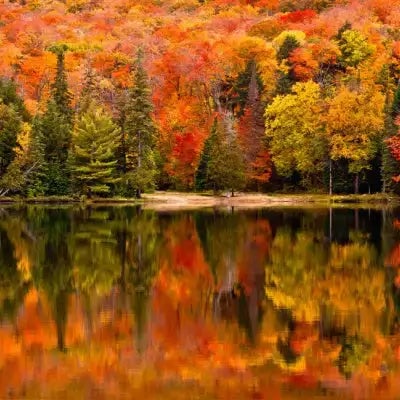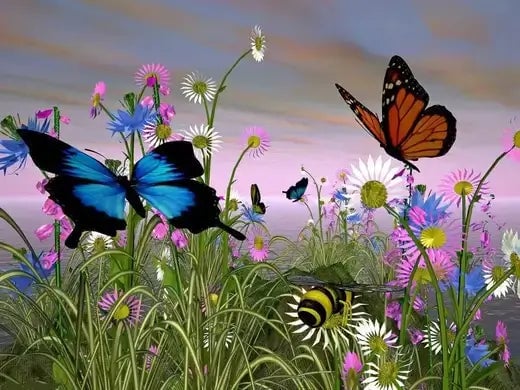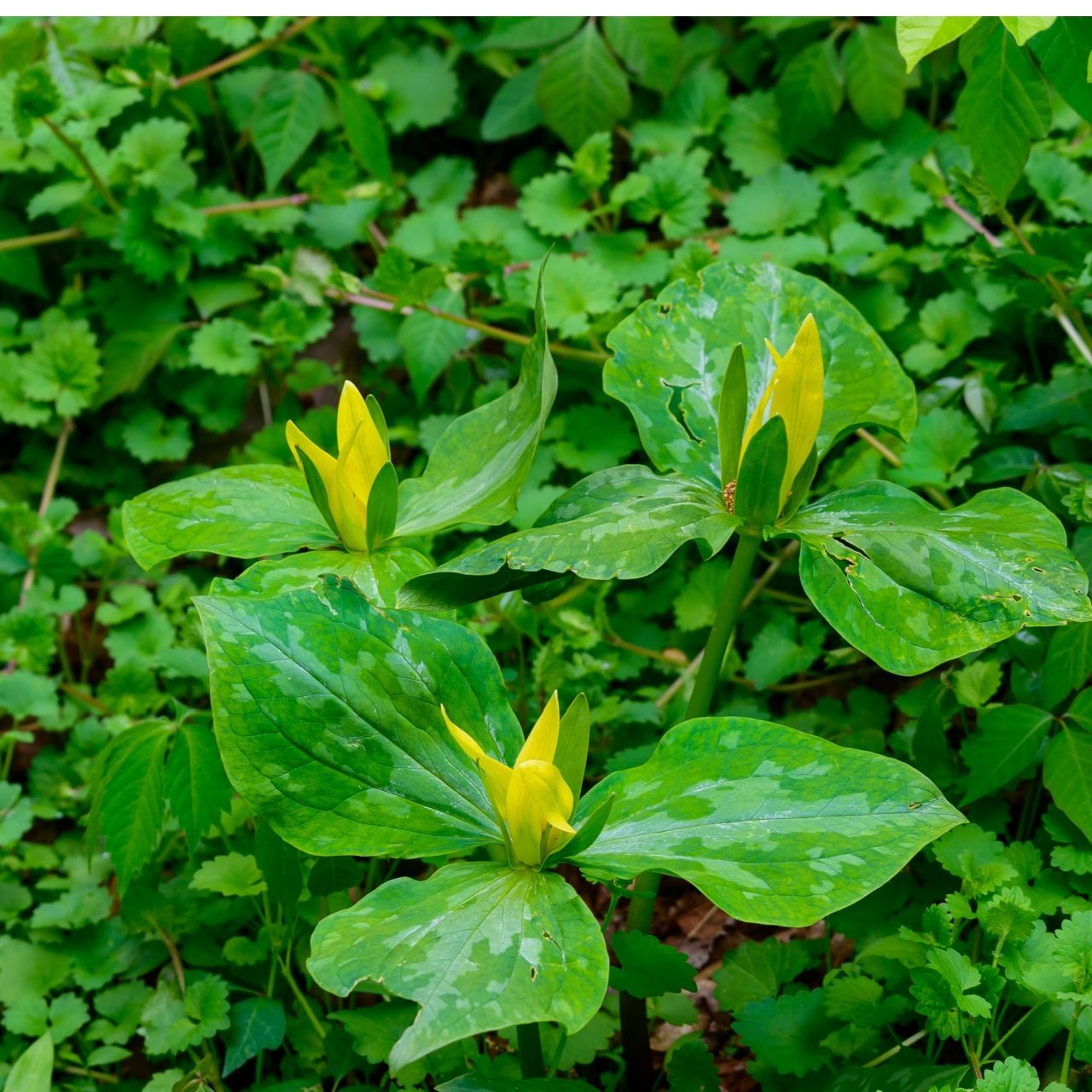A Tale of Three Petals, Ants, and Deer
In the dappled light of North American forests, a delicate and captivating wildflower known as the Trillium thrives. This unassuming plant is shrouded in fascinating natural history, from its unique botanical characteristics to its interactions with the animal kingdom. Trilliums, with their three leaves, three petals, and three stigmas, have earned their place as a symbol of balance and harmony in the ecosystems they inhabit. Join us on a journey through the intriguing world of Trillium, exploring its seed dispersal by ants, its role as a favorite food source for whitetail deer, and the diverse species that make up this charming genus.
Botanical Overview
Trilliums belong to the genus Trillium, a member of the Melanthiaceae family. These perennial plants are native to North America and can be found in various habitats, from deciduous forests to meadows and even along streams. The most distinctive feature of Trillium is its tripartite nature, exemplified by its three leaves, three petals, and three stigmas, which collectively form a unique and aesthetically pleasing symmetry. The plant's leaves are typically broad, ovate, and veined, providing a lush carpet of greenery in the forest understory.
Seed Dispersal by Ants
One of the most intriguing aspects of trillium biology is its partnership with ants for seed dispersal. Trilliums have evolved a remarkable strategy to ensure their seeds find suitable germination sites and gain protection. The process begins in early spring when trilliums produce fleshy, berry-like fruits, each containing numerous seeds. These seeds have a particular appendage called an elaiosome, a lipid-rich structure that attracts ants. Ants, particularly species like the Eastern Carpenter Ant and the Allegheny Mound Ant, are drawn to these elaiosomes as a food source. They collect the seeds and carry them back to their underground nests. In doing so, they inadvertently transport the trillium seeds to new locations. Once the ants have consumed the elaiosomes, they discard the seed in their nutrient-rich waste piles, known as middens. This presents an ideal environment for trillium seed germination, as the seeds are surrounded by fertile soil and protected from herbivores.
Whitetail Deer: A Voracious Appetite
While trilliums have found a clever ally in ants for seed dispersal, they face a relentless adversary in the whitetail deer (Odocoileus virginianus). Trilliums are a preferred food source for these herbivores, and their lush, tender leaves make for a delectable treat. As whitetail deer populations have thrived in many parts of North America, trilliums have become a staple in their diet, leading to concerns about conserving these beautiful wildflowers. The impact of deer herbivory on trillium populations can be detrimental. When deer browse heavily on trilliums, it can inhibit the plant's ability to produce energy through photosynthesis, weakening them and reducing their reproductive capacity. This predation pressure underscores the importance of managing whitetail deer populations in areas where trilliums are a vital component of the ecosystem.
Trillium Diversity
The genus Trillium comprises a diverse species, each with unique characteristics and ecological niches. Let's delve into a few notable trillium species:
- Painted Trillium (Trillium undulatum): This stunning species is named for the maroon markings on its white petals, which resemble paint splatters. Painted Trillium is often found in moist, northern forests and is known for its striking beauty.
- Red Trillium (Trillium erectum): As the name suggests, the petals of this trillium species are typically deep red to maroon in color. It is a shade-loving plant found in rich, damp woodlands.
- White Trillium (Trillium grandiflorum): The white Trillium is one of the most iconic species known for its pristine white petals. It is common in deciduous forests across eastern North America, where it carpets the forest floor in spring.
- Yellow Trillium (Trillium luteum): Unlike most trilliums, the petals of this species are yellow. Yellow trilliums are often found in the southern Appalachian region and prefer acidic, well-drained soils.
Trilliums, with their threefold symmetry and intricate ecological interactions, are enchanting wildflowers that captivate botanists and nature enthusiasts alike. From their unique seed dispersal mechanism involving ants to their vulnerability to deer herbivory, trilliums have woven intricate tales of survival and adaptation in the forests of North America. The diverse species within the genus, such as the painted, red, white, and yellow trilliums, further enrich the tapestry of this fascinating plant group. As we continue to appreciate and study trilliums, we gain an understanding of the delicate balance and interconnectedness of the natural world they inhabit.
Read more

Fall is right around the corner, but deciding what type of trees will offer you those glorious colors is sometimes a difficult choice for any homeowner to make.

Butterflies are beautiful creatures and vital pollinators in the ecosystem. By creating a butterfly garden, you can attract these colorful insects, provide them with habitat and food sources, and c...





